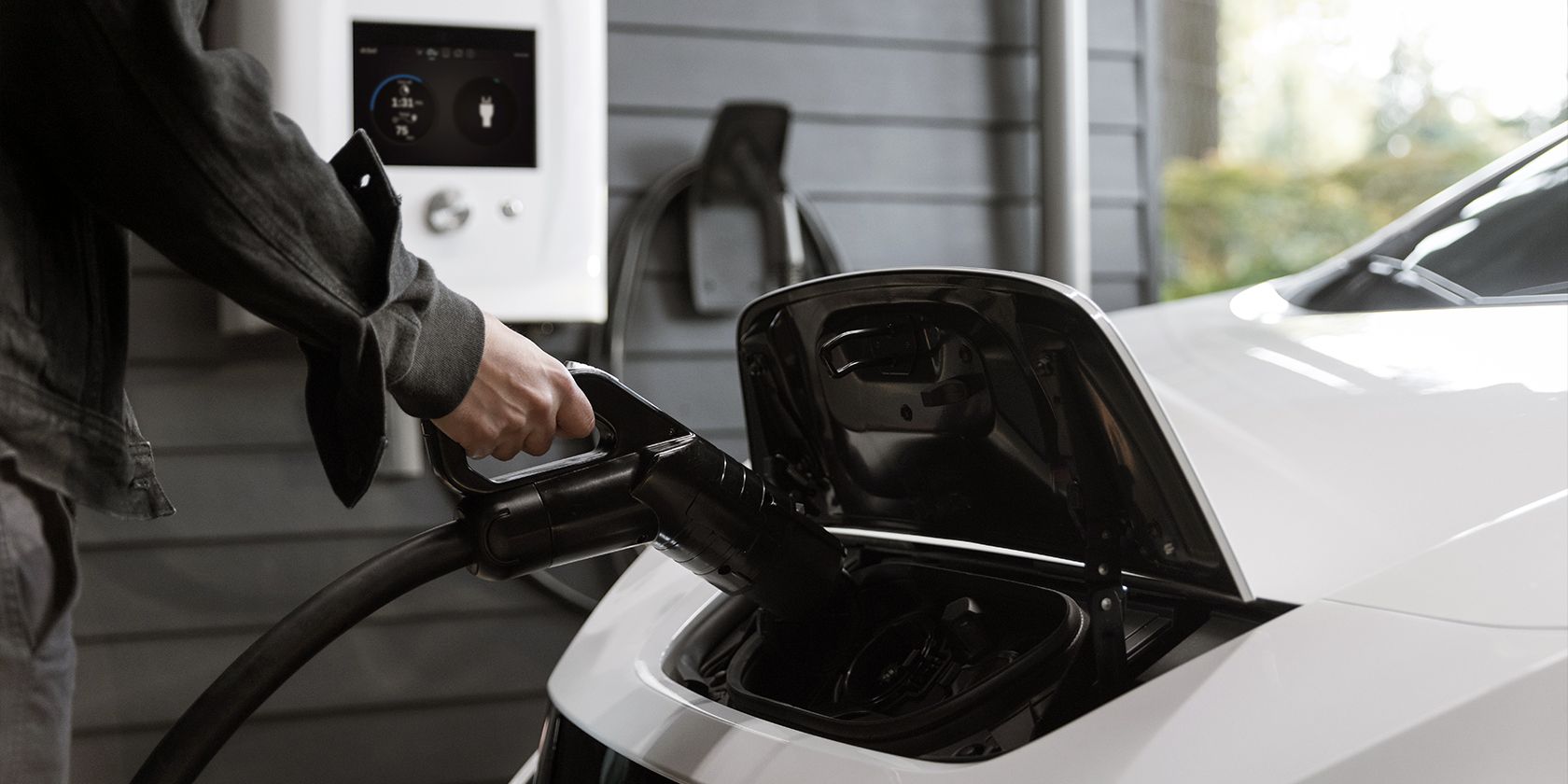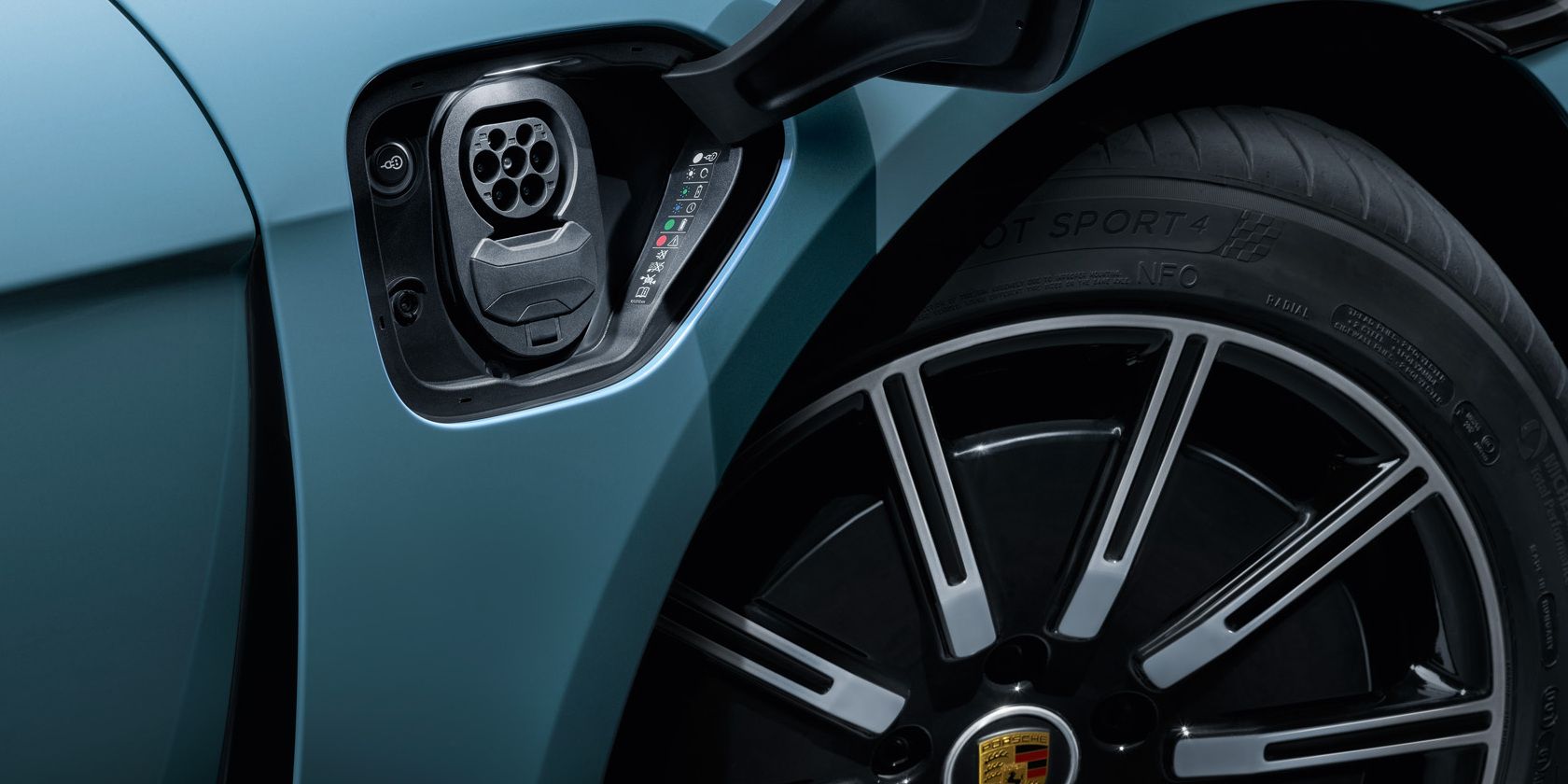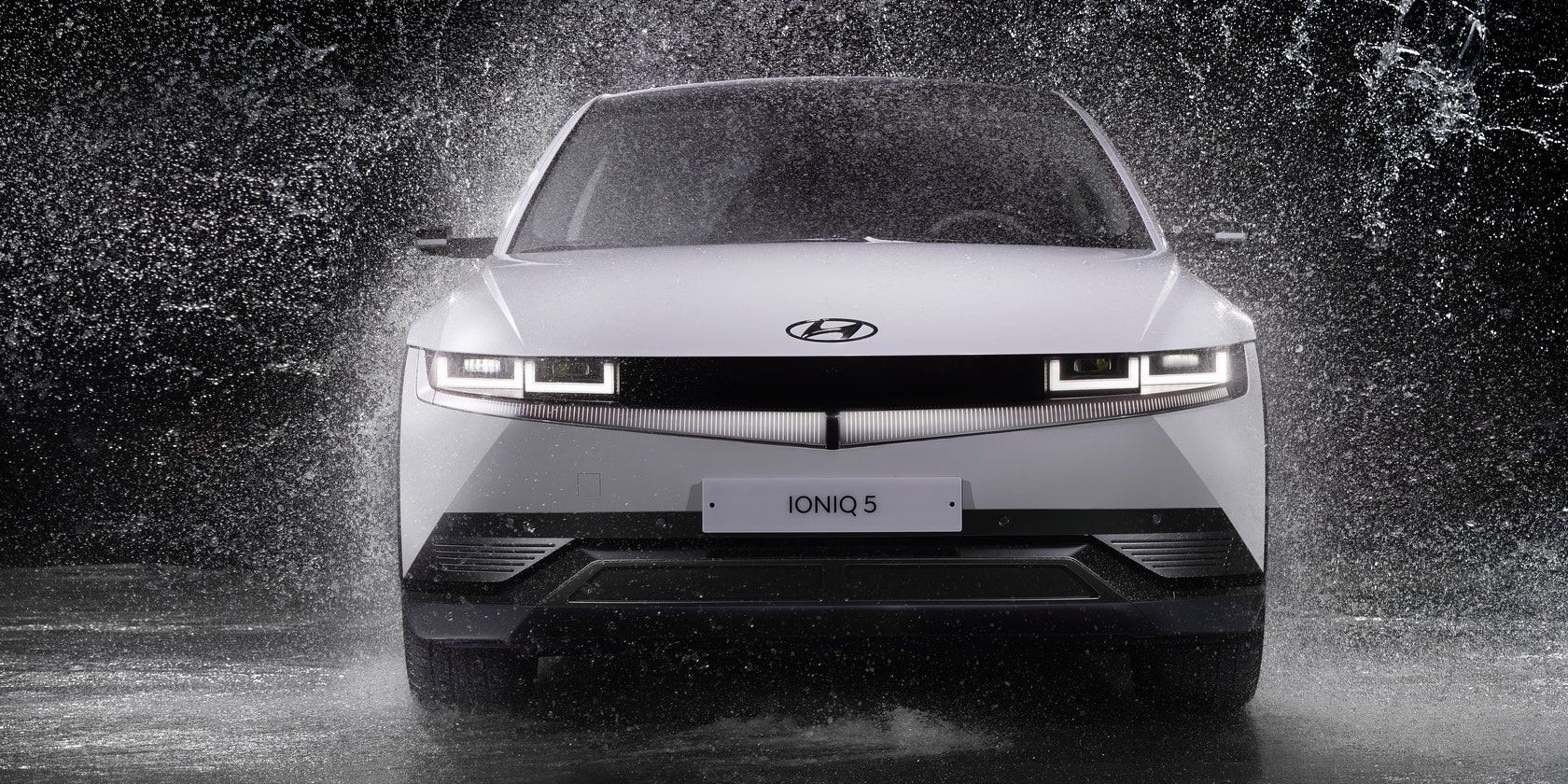Most people think of electric vehicles as a one-way street when it comes to charging: plugging in your EV pulls power from the grid and charges your vehicle. With bidirectional charging, however, your EV has the potential to do so much more.
EVs with the ability for bidirectional charging can power appliances and even feed the electrical grid in times of high demand, potentially generating passive income for the vehicle's owner.
Why is this technology so important for a sustainable future? Let's explore the answer.
What Is Bidirectional Charging?
It's important to understand what bidirectional charging is before delving into its many applications. Also known as two-way charging, this feature allows an EV's battery power flow to be a two-way street, making it able to draw power from the grid to power the vehicle, but also discharge energy from the battery to power an exterior load. EVs that have it usually feature a built-in inverter that converts the battery's DC (direct current) to useful AC (alternating current) that can then power exterior loads, or even feed power back to the grid.
This is very convenient because electric vehicles can essentially become sources of backup power during times of need and can even store energy to be released back into the grid whenever it's most convenient to do so.
For example, if you've installed solar panels for your home, you can store surplus energy in your EV's battery. You can then use this energy later, perhaps during peak hours when it would be more expensive to take it from the grid. In some instances, you can even sell the energy back to your power provider, netting you a few bucks in the process.
According to the Department of Energy, bidirectional charging can also allow EVs to supply power wherever it's needed in a natural disaster scenario, or another kind of emergency. This is especially convenient for high-priority sectors like hospitals, where a stationary power solution just wouldn't work and where power needs to be reestablished quickly.
What Is Vehicle-to-Grid (V2G) Technology?
Vehicle-to-grid (V2G) technology is a direct application of bidirectional charging that allows EVs to discharge power from their batteries to an exterior source using a specialized bidirectional charger that controls the flow of power to and from the grid to the EV. It will be a key factor in helping the electrical grid cope with the imminent influx of EVs hitting the market as a way to support the grid during times of high demand.
Internal combustion vehicles are mostly limited to transportation duties, but EVs can do so much more. They provide high levels of versatility thanks to the massive batteries they're equipped with. Many electric vehicles feature batteries with a capacity larger than 50 kWh, which is enough to power an average US household for at least a day.
EVs can be charged during times of low energy consumption and then release that energy back to the grid when energy consumption is at its peak. This should result in savings for the owner, as well as help stabilize the electrical grid by lessening the load at peak hours. Enough EVs with V2G connected to the grid can help curb dependency on peaker plants (power plants that only turn on during times of extreme energy demand) that can potentially harm the environment, and usually result in more expensive electricity rates.
The great part is that EVs connected to the grid via V2G also have the potential to harness renewable energy that would otherwise go to waste, serving as massive energy storage solutions that can be discharged when demand calls for it. This is one of the greatest advantages of V2G technology because without a means to store electricity, solar energy can only be used when the sun is shining. But if you have a fleet of EVs storing surplus solar energy, you can use this energy at any time, especially at times when you would need harmful power plants to keep up with energy demand.
What Is Vehicle-to-Building (V2B) Technology?
Vehicle-to-building (V2B) is very similar to vehicle-to-grid technology, but instead of feeding power back to the grid, the EV battery feeds electricity back to a host building. This is achieved through a bidirectional charging station, which needs to be connected to the building's electrical system, just like with V2G technology.
The city of Boulder, Colorado, is conducting a pilot program to test the benefits of V2B technology by hooking up a Nissan Leaf via a bidirectional charger to its North Boulder Recreation Center. The program, detailed on the Boulder government website, seeks to save energy costs by charging the Nissan Leaf battery during the night and then discharging at times of peak demand.
By drawing power from the battery during times of peak demand instead of from the grid, pressure on the electrical grid can be alleviated, which can result in savings on electricity bills.
V2B technology is very promising for large companies, especially if they already have a fleet of electric vehicles that isn't constantly in use. The potential cost savings could eventually motivate large companies to have a fleet of stationary EVs that only serve as power storage units for their buildings.
Which Automakers Offer V2B and V2G Technology?
EVs equipped with bidirectional capabilities are vital for the implementation of V2B and V2G technology. At the moment, there are various automotive brands that offer EVs with bidirectional capabilities, such as the aforementioned Nissan Leaf. The Ford F-150 Lightning also allows bidirectional use of its battery, and it can potentially power your home for several days during an outage.
The Hyundai Ioniq 5 also features bidirectional functionality, with the ability to power appliances through vehicle-to-load (V2L) functionality through a special adaptor that the manufacturer provides. Porsche has also been testing bidirectional capabilities in its Taycan, which is a performance EV designed to please driving enthusiasts that also has a practical side.
Bidirectional Charging Alleviates Pressure on the Electrical Grid
The electrical grid will need constant improvements if it's going to keep up with the huge toll electric vehicles will place on it in the coming years.
There needs to be a conscious move towards clean energy, and electric vehicle owners have the potential to be part of the solution by taking advantage of V2G technology in their homes and businesses. This is just one of the ways EVs can help clean up the environment.



